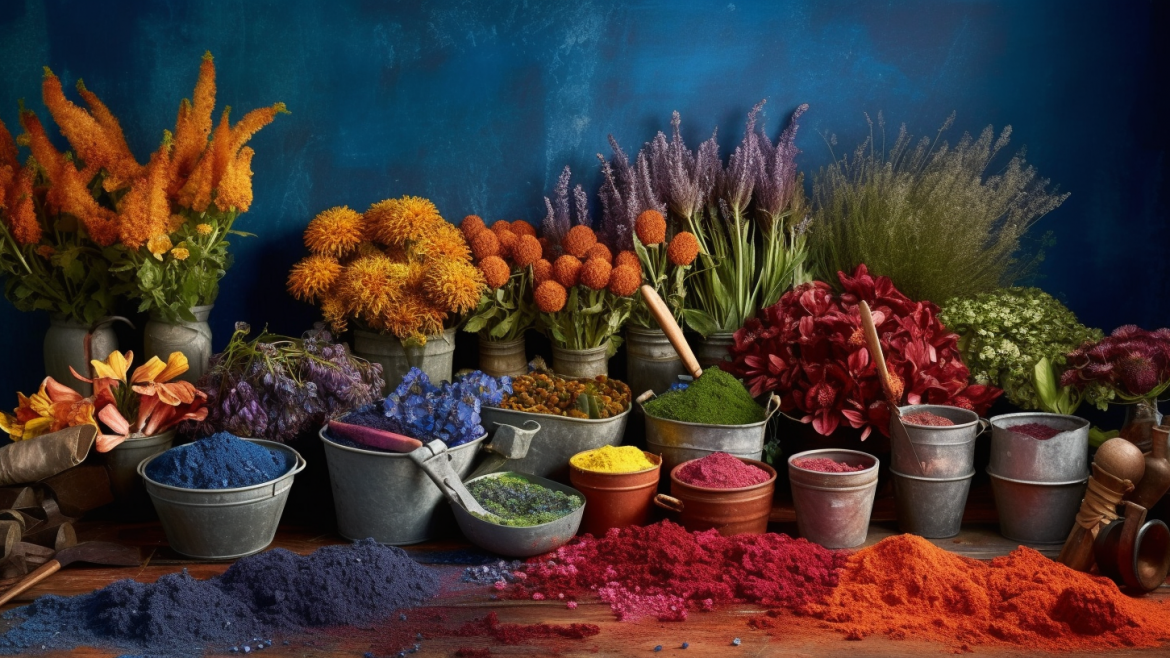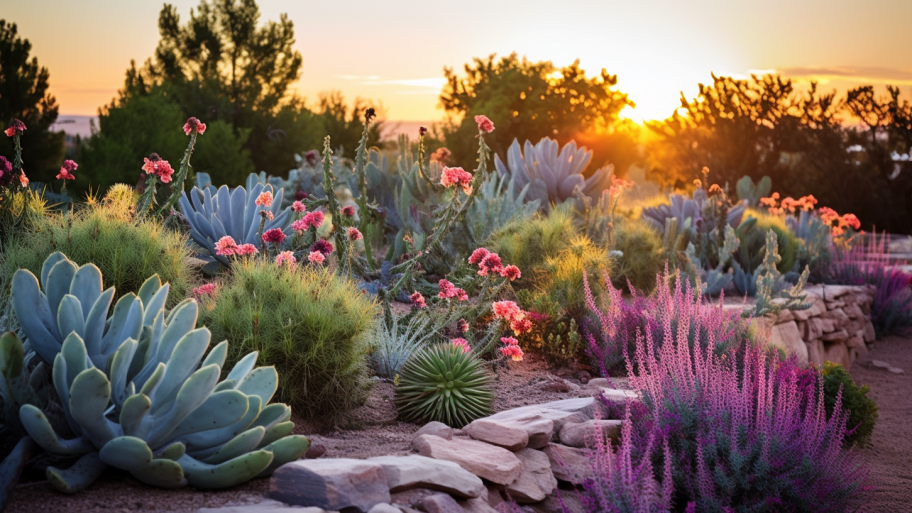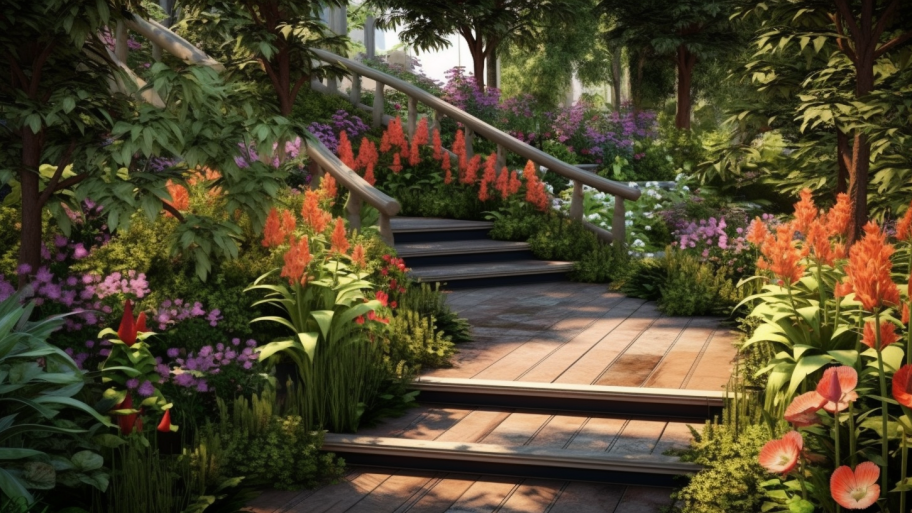Now that you’ve chosen your dye plants and prepared your garden space after reading part one, it’s time to dive into the art and science of growing a thriving plant dye garden. In this article, we’ll explore planting techniques, sustainable garden practices, and harvesting tips that will help you create a vibrant, colorful harvest. So, roll up your sleeves and let’s get started!
Planting Techniques for Optimal Color Yield
To get the most out of your dye garden, it’s essential to plant your chosen species with care. Here are a few planting techniques that will set your dye plants up for success:
- Timing: Plant your dye plants at the right time of year, according to their specific growing requirements. For example, madder is best planted in the spring, while indigo can be planted in late spring or early summer, depending on your climate.
- Spacing: Give your dye plants plenty of room to grow by following recommended spacing guidelines. Proper spacing ensures that your plants receive adequate sunlight, airflow, and nutrients, which will result in a healthier and more colorful harvest.
- Companion planting: Consider planting dye plants alongside other species that can provide support, enhance soil fertility, or repel pests. For instance, planting marigolds near indigo can help deter harmful insects, while planting legumes nearby can improve soil nitrogen levels.
By implementing these planting techniques, you’ll be well on your way to growing a bountiful and vibrant dye garden.
Sustainable Garden Practices for Vibrant Dyes
Adopting sustainable garden practices not only benefits the environment but also enhances the quality and vibrancy of your plant dyes. Here are a few tips to help you create an eco-friendly dye garden:
- Water conservation: Utilize water-saving techniques like mulching, drip irrigation, or rainwater harvesting to reduce your garden’s water consumption. This not only conserves a precious resource but also ensures that your plants receive the right amount of moisture for optimal growth.
- Organic fertilizers: Feed your dye plants with organic fertilizers like compost, aged manure, or worm castings to provide essential nutrients without introducing harmful chemicals into your garden ecosystem.
- Integrated pest management: Rather than relying on synthetic pesticides, use a combination of biological, cultural, and mechanical methods to manage pests in your dye garden. This might include releasing beneficial insects, rotating crops, or hand-picking pests.
By adopting sustainable practices, you’ll create a healthier, more productive dye garden that yields more vibrant and long-lasting colors.
Harvesting and Storing Your Dye Plants
Knowing when and how to harvest your dye plants is crucial for obtaining the best possible color results. Here are some tips for harvesting and storing your dye plants:
- Timing: Harvest your dye plants at the appropriate stage of growth to maximize color yield. For example, indigo leaves should be harvested just before the plant flowers, while madder roots are typically harvested after three to four years of growth.
- Technique: Use clean, sharp tools to harvest your dye plants, and handle them gently to avoid bruising or damaging the plant material.
- Storage: Store your harvested dye plants in a cool, dry place, away from direct sunlight. This will help preserve their color potency until you’re ready to use them in your dye projects.
With these harvesting and storage tips, you’ll be well-equipped to make the most of your homegrown dye plants.
Growing a colorful harvest in your plant dye garden is an exciting and rewarding process. As you nurture your plants and witness their vibrant hues come to life, you’ll be eager to put your homegrown colors to use. In our final article, “From Garden to Garment: Extracting and Using Plant Dyes for Fabrics and Yarns,” we’ll guide you through the process of extracting your plant dyes and applying them to a variety of textiles. With your dye garden in full bloom, it’s time to unleash your creativity and transform your homegrown hues into stunning, one-of-a-kind fabric and yarn creations. So, grab your gardening gloves, gather your dye plants, and prepare to embark on a colorful adventure that brings the beauty of nature’s palette to life!




